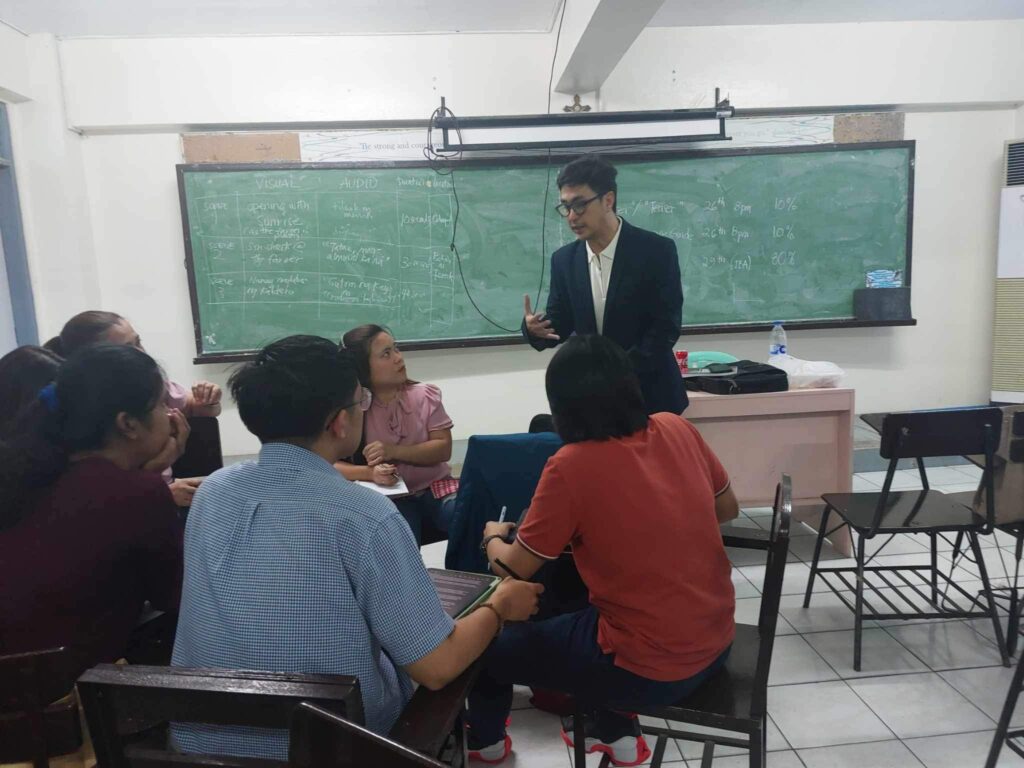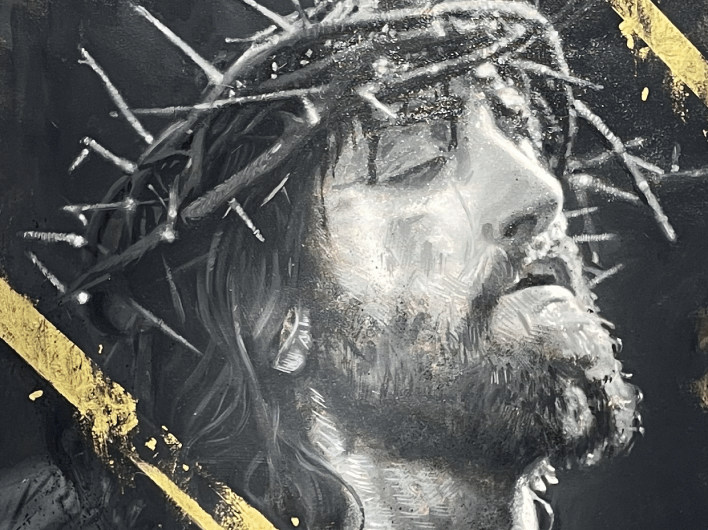This is my Story, What’s Yours:
An Educator’s Pedagogical Narrative of Documenting Cultural Treasures
This paper is a collection of my experiences as a lecturer-facilitator for the Philippine Cultural Education Program (PCEP) of the National Commission for Culture and the Arts (NCCA). I was tasked to teach Media-based Cultural Documentation in many parts of the archipelago, spanning seven summers from 2016 to 2023. Many of the experiences describe the various kinds of interaction among the student-scholars, most of whom are Department of Education (DepEd) K-12 teachers. These interactions are byproducts of the numerous pedagogical innovations I took risks to apply to make the learning experiences more dynamic. Looking back, I realize most of these innovations are quite unorthodox, yet they yield reactions and outcomes that are quite surprisingly positive and spontaneous. This created a dynamic that produced quality outputs that enjoy citations up to this day. Thus, I am humbled and excited to share these teachings and lifelong learning experiences with interested readers of this narrative – in the hope that future teachers, mentors, and practitioners may benefit from them. To illustrate these pedagogies, I will focus particularly on the journey of documenting cultural treasures using the available multimedia technology. This is my (multimedia) story. Having been assigned to various parts of the country to spread a deeper appreciation and love for our own rich cultural heritage, I have noticed that the common denominator among all these engagements is that every class starts with palpable enthusiasm and ends with a contagious sense of duty. No matter how strong the regional flavor of a class makeup was, there was always a collective sense of nationalism. My story also navigates not only pedagogical approaches that I have applied as I saw fit but also includes concrete self-assessment and realization. It shall also include recommendations based on success stories (and, at times, failures) and how I foresee the role of educators of this specific content in the so-called “new normal” and beyond COVID-19. I purposely divided the narrative by subheadings not just to compartmentalize my flow of thoughts but also to emphasize the specific relevant learnings and realization at hand. Media-based Cultural Documentation: An Overview and a Journey Teaching cultural documentation as coursework is almost second nature to me. I have been dabbling in media productions for as long as I can remember, ranging from being a performer to being a heavily invested impresario. I had the good fortune of directing an award-winning video in the 1990s and have since directed live and recorded stage performances. Appearing in a television magazine show and interacting with stalwarts in various creative industries have exposed me to how powerful mass media could be in Filipino society. But what makes this teaching assignment challenging to me is how to channel my students’ familiarity with the many forms of media into a burning desire to use them to produce documentation that is both relevant and inspiring. Once this challenge is hurdled, the love affair with cultural documentation begins. This is why I believe everything should start with what human nature dictates. Human beings are social creatures. Humans make stories about life and themselves. I sincerely believe that everyone loves to hear stories. And, most certainly, we Filipinos have lots of stories to say and hear. Also, it is always a good place to start our personal stories. Imagine starting an intellectual discourse with stories that we are most familiar with, stories that we heard in both our childhood and adulthood and effortlessly told everyone who wishes to hear them. Facing a class of about 30 people assures me of 30 stories. Thirty new stories, thirty day-to-day scenarios, thirty aspirations, and frustrations. A fantastic playground for facilitators of this pursuit. This is how I designed CulEd 207 to start. We begin with a story we live to tell. Then, we choose the one that stands out among many others that we are excited to share with the rest of the world. Urgency I always begin serious discussions by raising the need to preserve our cultural heritage by focusing on the vanishing aspects of our local milieu. As I adhere to a reflective style of pedagogy, I encourage my scholars to think and reflect on their own way of life, background, and circumstances. The more parochial the story is, the more intimate. A sense of ownership further develops in them, which drives them to express their authentic narrative. Soon, they realize that as time passes and technology improves, cultural treasures will vanish and, in most cases, be completely forgotten. I remember coining the term “cultural warriors” in my early days as a lecturer in various speaking engagements all over the country and was pleasantly surprised that many colleagues and advocates of culture have also coined this term to their full advantage. Since then, we have seen “cultural warriors” prompting a battle cry inside and outside the classrooms and lecture halls. In this course work, each scholar is a cultural warrior with one issue, topic, or agenda that strikes a chord in their hearts with urgency. A Six-Day Workshop Using Both Reflective and Integrative Pedagogies With this burning desire in mind, documenting vanishing artifacts, practices, traditions, beliefs, or tangible cultural treasures becomes paramount to every scholar who undergoes this course. Each scholar is given the opportunity to collaborate with fellow scholars to create an output that expresses their goals and aspirations. Given this documentation, course work and other courses in the program follow a one-full-week timetable; previous facilitators have designed to spread the weekdays into milestone accomplishments to ensure an effective learning curve, building the necessary skills to produce the required final output, and most importantly, to develop a deeper sense of purpose. This is how the days in the pursuit of media-based cultural documentation unfold. Allow me to tag you along with my journey through the following six days. Day One: Getting the Engines Started I consider it an asset that we always start the class with a special interest. No one comes to day one with no expectations. Everyone looks forward



